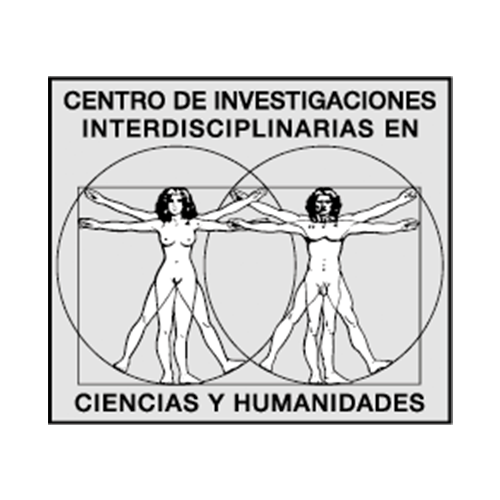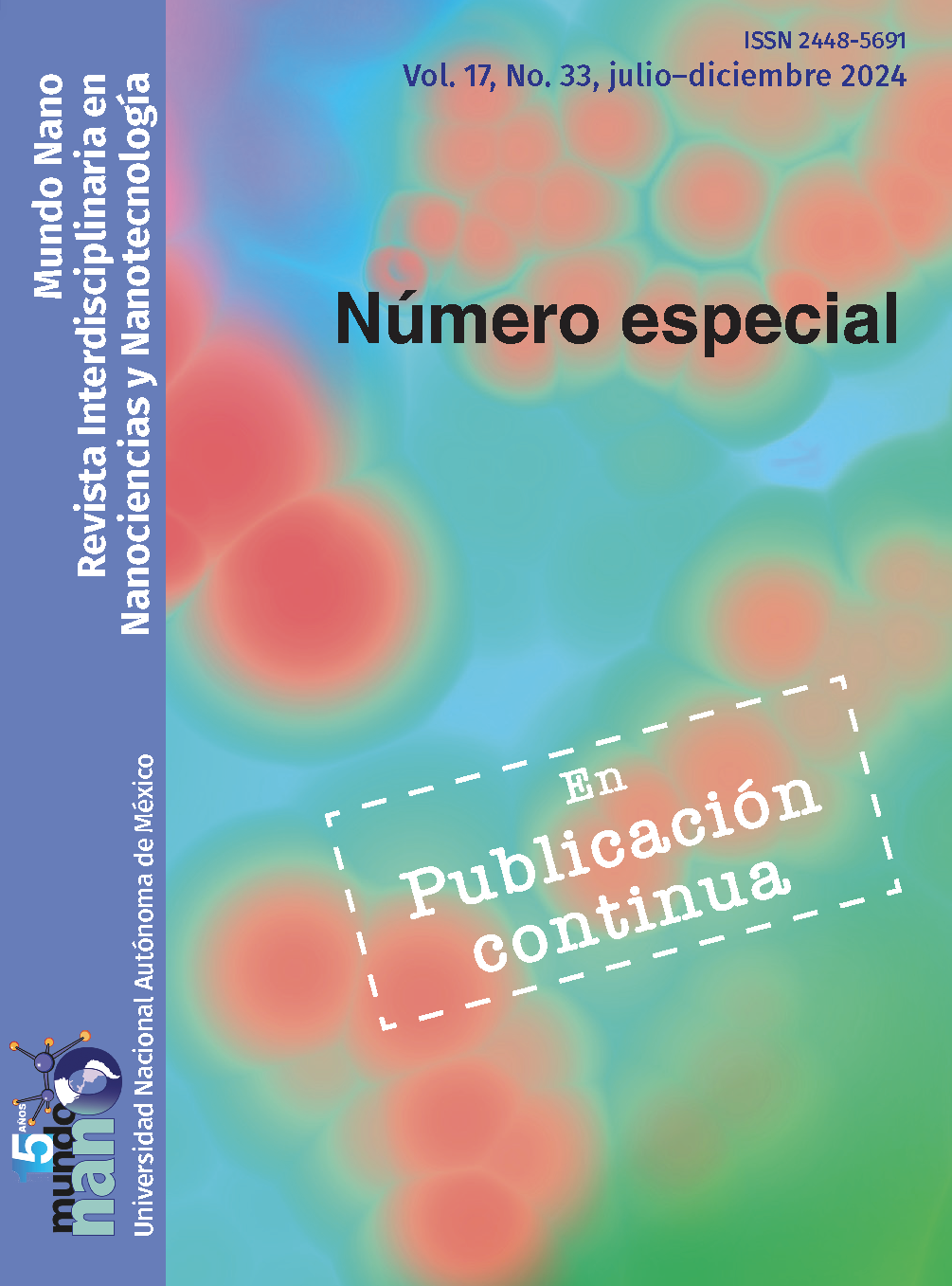Nanodispersion of TiO2 in hypochlorous acid and its antimicrobial effect against oral pathogens
Main Article Content
Abstract
The continuous and inappropriate use of traditionally used antimicrobial agents has caused the rise of multidrug-resistant (MDR) bacterial strains and the mutation of microorganisms in the field of dentistry. Therefore, various nanoparticles have been developed to combat resistant pathogens. Titanium dioxide (TiO2) nanoparticles have been attractive antimicrobial agents because of their chemical stability, non-toxicity, and inexpensive precursors. Therefore, TiO2-based nanodispersions were explored by preparing them with well-known antimicrobial agents, such as hypochlorous acid (HOCl), to enhance the antimicrobial effect. In this study, sol-gel-based TiO2 NPs-HOCl nanodispersions were synthesized and characterized. The antimicrobial effect was assessed by a microdilution assay using S. mutans, S. aureus, E. faecalis, and C. albicans strains by incubating different concentrations of the nanodispersions. To evaluate the cytotoxic effects, stem cells from the apical papilla (SCAPs) were inoculated and evaluated using the MTT assay. The nanodispersion exhibited an enhanced antimicrobial effect, with almost no cytotoxicity. The HOCl-based nanodispersion exhibited a greater antimicrobial effect and high stability. Thus, it can be used as a promising antimicrobial agent for the treatment of various dental pathogens.
Downloads
Article Details

Mundo Nano. Revista Interdisciplinaria en Nanociencias y Nanotecnología por Universidad Nacional Autónoma de México se distribuye bajo una Licencia Creative Commons Atribución-NoComercial 4.0 Internacional.
Basada en una obra en http://www.mundonano.unam.mx.
References
Alvarracin-Baculima, M., Cuenca-León, K., & Pacheco-Quito, E. M. (2021). Nanopartículas antimicrobianas en odontología: estado del arte. Archivos Venezolanos de Farmacología y Terapéutica, 40(8): 839-847. https://doi.org/10.5281/ZENODO.5791388.
Argueta-Figueroa, L., Torres-Gómez, N., Scougall-Vilchis, R. J., & García-Contreras, R. (2018). Biocompatibility and nanotoxicology of titanium dioxide in the oral cavity: systematic review. Investigación Clínica (Venezuela), 59(4): 352-368. https://doi.org/10.22209/IC.v59n4a06.
Besinis, A., De Peralta, T., & Handy, R. D. (2014). The antibacterial effects of silver, titanium dioxide and silica dioxide nanoparticles compared to the dental disinfec-tant chlorhexidine on Streptococcus mutans using a suite of bioassays. Nanotoxicology, 8(1): 1-16. https://doi.org/10.3109/17435390.2012.742935.
Bianchi, S., Fantozzi, G., Bernardi, S., Antonouli, S., Adelaide Continenza, M., & Mac-chiarelli, G. (2020). Commercial oral hygiene products and implant collar sur-faces: scanning electron microscopy observations. Canadian Journal of Dental Hygiene, 54(1), 26. https://www.ncbi.nlm.nih.gov/pmc/articles/PMC7533810/.
Block, M. S., & Rowan, B. G. (2020). Hypochlorous acid: a review. Journal of Oral and Maxillofacial Surgery, 78(9): 1461-1466. https://doi.org/10.1016/j.joms.2020. 06.029.
Brandão, F., Fernández-Bertólez, N., Rosário, F., Bessa, M. J., Fraga, S., Pásaro, E., Teixeira, J. P., Laffon, B., Valdiglesias, V., & Costa, C. (2020). Genotoxicity of TiO2 nanoparticles in four different human cell lines (A549, HEPG2, A172 and SH-SY5Y). Nanomaterials, 10(3). https://doi.org/10.3390/nano10030412.
Büyükünal, S. K., Muratoğlu, K., & Koluman, A. (2022). The in vitro effect of hypo-chlorous acid-metal nanoparticles combination on Salmonella under different temperature conditions. Turkish Journal of Veterinary & Animal Sciences, 46(3): 439-444. https://doi.org/10.55730/1300-0128.4214.
Castillo, D. M., Castillo, Y., Delgadillo, N. A., Neuta, Y., Jola, J., Calderón, J. L., & Lafaurie, G. I. (2015). Viability and effects on bacterial proteins by oral rinses with hypochlorous acid as active ingredient. Brazilian Dental Journal, 26(5): 519-524. https://doi.org/10.1590/0103-6440201300388.
Choi, J. Y., Chung, C. J., Oh, K. T., Choi, Y. J., & Kim, K. H. K. (2009). Photocatalytic antibacterial effect of TiO2 film of TiAg on Streptococcus mutans. Angle Orthodontist, 79(3): 528-532. https://doi.org/10.2319/012108-169.1.
Ch-Th, T., Manisekaran, R., Santoyo-Salazar, J., Schoefs, B., Velumani, S., Castaneda, H., & Jantrania, A. (2021). Graphene oxide decorated TiO2 and BiVO4 nano-catalysts for enhanced visible-light-driven photocatalytic bacterial inactivation. Journal of Photochemistry and Photobiology A: Chemistry, 418: 113374. https://doi.org/10.1016/j.jphotochem.2021.113374.
Dicastillo, C. L. de, Correa, M. G., Martínez, F. B., Streitt, C., & Galotto, M. J. (2020). Antimicrobial effect of titanium dioxide nanoparticles. Antimicrobial Resistance – A One Health Perspective. https://doi.org/10.5772/INTECHOPEN.90891.
Eslami, N., Fasihi, F., Jamalinasab, A., & Ahrari, F. (2021). Biocompatibility of several colloidal solutions containing nanoparticles on human gingival fibroblasts. Dental Research Journal, 18(1). https://doi.org/10.4103/1735-3327.310037.
Foong, L. K., Foroughi, M. M., Mirhosseini, A. F., Safaei, M., Jahani, S., Mostafavi, M., Ebrahimpoor, N., Sharifi, M., Varma, R. S., & Khatami, M. (2020). Applications of nano-materials in diverse dentistry regimes. RSC Advances, 10(26): 15430-15460). Royal Society of Chemistry. https://doi.org/10.1039/d0ra00762e.
Giti, R., Firouzmandi, M., Zare Khafri, N., & Ansarifard, E. (2022). Influence of dif-ferent concentrations of titanium dioxide and copper oxide nanoparticles on water sorption and solubility of heat-cured PMMA denture base resin. Clinical and Experimental Dental Research, 8(1), 287-293. https://doi.org/10.1002/cre2.527.
Huang, Y. Y., Choi, H., Kushida, Y., Bhayana, B., Wang, Y., & Hamblin, M. R. (2016). Broad-spectrum antimicrobial effects of photocatalysis using titanium dioxide nanoparticles are strongly potentiated by addition of potassium iodide. Antimicrobial Agents and Chemotherapy, 60(9): 5445-5453. https://doi.org/10.1128/AAC.00980-16.
Jana, N. R. (2019). Colloidal nanoparticles: functionalization for biomedical applications. Colloidal Nanoparticles. https://doi.org/10.1201/9780429165603.
Kaladhar Reddy, Kambalyal, P. B., Shanmugasundaram, K., Rajesh, V., Donthula, S., & Patil, S. R. (2018). Comparative evaluation of antimicrobial efficacy of silver, titanium dioxide and zinc oxide nanoparticles against streptococcus mutans. 18(1). https://doi.org/10.4034/PBOCI.2018.181.88.
Khan, S. U. M., Al-Shahry, M., & Ingler, W. B. (2002). Efficient photochemical water splitting by a chemically modified n-TiO2. Science, 297(5590): 2243-.2245. https://doi.org/10.1126/science.1075035
Kishimoto, N. (2019). State of the art of UV/chlorine advanced oxidation processes: theirmechanism, by products formation, process variation, and applications. Journal of Water and Environment Technology, 17(5):302-335. Japan Society on Water Environment. https://doi.org/10.2965/jwet.19-021.
Kochan, O., Boitsaniuk, S., Levkiv, M., Przystupa, K., Manashchuk, N., Pohoretska, K., Chornij, N., Tsvyntarna, I., & Patskan, L. (2022). Emergence of nano-dentistry as a reality of contemporary dentistry. Applied Sciences (Switzerland), 12(4). MDPI. https://doi.org/10.3390/app12042008.
Kuwabara, M., Sato, Y., Ishihara, M., Takayama, T., Nakamura, S., Fukuda, K., Murakami, K., Yokoe, H., & Kiyosawa, T. (2020). Healing of Pseudomonasaeruginosa-infected wounds in diabetic db/db mice by weakly acidic hypochlorous acid cleansing and silver nanoparticle/chitin-nanofiber sheet covering. Wound Medicine, 28. https://doi.org/10.1016/j.wndm.2020.100183.Lafaurie, G. I., Zaror, C., Díaz-Báez, D., Castillo, D. M., De Ávila, J., Trujillo, T. G., & Calderón-Mendoza, J. (2018). Evaluation of substantivity of hypochlorous acid as an antiplaque agent: a randomized controlled trial. International Journal of Dental Hygiene, 16(4): 527-534. https://doi.org/10.1111/idh.12342.
Leung, Y. H., Xu, X., Ma, A. P. Y., Liu, F., Ng, A. M. C., Shen, Z., Gethings, L. A., Guo, M. Y., Djurišic, A. B., Lee, P. K. H., Lee, H. K., Chan, W. K., & Leung, F. C. C. (2016). Toxicity of ZnO and TiO2 to Escherichia coli cells. Scientific Reports, 6. https://doi.org/10.1038/srep35243.
Madhubala, V., Pugazhendhi, A., & Thirunavukarasu, K. (2019). Cytotoxic and im-munomodulatory effects of the low concentration of titanium dioxide nanoparticles (TiO2 NPs) on human cell lines – An in vitro study. Process Biochemistry, 86: 186-195. https://doi.org/10.1016/j.procbio.2019.08.004.
Maher, M. A. (2023). Hypochlorous acid has emerged as a potential alternative to conventional antibiotics due to its broad-spectrum antimicrobial activity. International Journal of Clinical Microbiology and Biochemical Technology, 6(1): 001–004. https://doi.org/10.29328/journal.ijcmbt.1001026.
Moaddabi, A., Soltani, P., Rengo, C., Molaei, S., Mousavi, S. J., Mehdizadeh, M., & Spagnuolo, G. (2022). Comparison of antimicrobial and wound-healing effects of silver nanoparticle and chlorhexidine mouthwashes: an in vivo study in rabbits. Odontology, 110(3): 577-583. https://doi.org/10.1007/S10266-022-00690-Z
Nizami, M. Z. I., Xu, V. W., Yin, I. X., Yu, O. Y., & Chu, C. H. (2021). Metal and metal oxide nanoparticles in caries prevention: a review. Nanomaterials, 11(12). MDPI. https://doi.org/10.3390/nano11123446.
Panpaliya, N. P., Dahake, P. T., Kale, Y. J., Dadpe, M. V., Kendre, S. B., Siddiqi, A. G., & Maggavi, U. R. (2019). In vitro evaluation of antimicrobial property of silver nanoparticles and chlorhexidine against five different oral pathogenic bacteria. The Saudi Dental Journal, 31(1): 7683. https://doi.org/10.1016/J.SDENTJ.2018.10.004.
Priyanka, K. P., Sukirtha, T. H., Balakrishna, K. M., & Varghese, T. (2016). Microbicidal activity of TiO2 nanoparticles synthesised by sol-gel method. IET Nanobio-technolog y, 10(2): 81-86. https://doi.org/10.1049/iet-nbt.2015.0038
Prokopiuk, V., Yefimova, S., Onishchenko, A., Kapustnik, V., Myasoedov, V., Maksim-chuk, P., Butov, D., Bespalova, I., & Tkachenko, A. (2023). Assessing the cyto-toxicity of TiO2−x nanoparticles with a different Ti3+(Ti2+)/Ti4+ ratio. Biological Trace Element Research, 201(6): 3117-3130. https://doi.org/10.1007/s12011-022-03403-3.
Shirkavad, S., & Moslehifard, E. (2014). Effect of TiO2 nanoparticles on tensile strength of dental acrylic resins. Journal of Dental Research, Dental Clinics, Dental Prospects, 8(4): 197-203. https://doi.org/10.5681/joddd.2014.036.
Sismanoglu, S., & Ercal, P. (2022). The cytotoxic effects of various endodontic irrigants on the viability of dental mesenchymal stem cells. Australian Endodontic Journal: The Journal of the Australian Society of Endodontology Inc, 48(2): 305-312. https://doi.org/10.1111/AEJ.12570.
Tazawa, K., Jadhav, R., Azuma, M. M., Fenno, J. C., McDonald, N. J., & Sasaki, H. (2023). Hypochlorous acid inactivates oral pathogens and a SARS-CoV-2-sur-rogate. BMC Oral Health, 23(1): 111. https://doi.org/10.1186/s12903-023-02820-7.
Vatansever, F., de Melo, W. C. M. A., Avci, P., Vecchio, D., Sadasivam, M., Gupta, A., Chandran, R., Karimi, M., Parizotto, N. A., Yin, R., Tegos, G. P., & Hamblin, M. R. (2013). Antimicrobial strategies centered around reactive oxygen species - bactericidal antibiotics, photodynamic therapy, and beyond. FEMS Microbiol-ogy Reviews, 37(6): 955-989. Blackwell Publishing Ltd. https://doi.org/ 10.1111/1574-6976.12026.
Wang, M., Li, J., Zhang, S., You, Y., Zhu, X., Xiang, H., Yan, L., Zhao, F., & Li, Y. (2022). Effects of titanium dioxide nanoparticles on cell growth and migration of A549 cells under simulated microgravity. Nanomaterials, 12(11). https://doi.org/10.3390/nano12111879.
Wang, W., Gu, J., Peng, G., Li, J., Meichen, W., Kai, J., & Niu, L. (2020). Progress in the application of metal and metal oxide nanoparticles in the antibacterial modification of dental materials, 28(8). https://doi.org/10.12016/j.issn.2096•1456.2020.08.012.
Yang, J., Liu, J., Wang, P., Sun, J., Lv, X., & Diao, Y. (2021). Toxic effect of titanium dioxide nanoparticles on corneas in vitro and in vivo. Aging, 13(4): 5020-5033. https://doi.org/10.18632/aging.202412.
Zhu, Y., Zhang, L., Gao, C. et al. (2000). The synthesis of nanosized TiO2 powder us-ing a sol-gel method with TiCl4 as a precursor. Journal of Materials Science, 35: 4049-4054. https://doi.org/10.1023/A:1004882120249.





